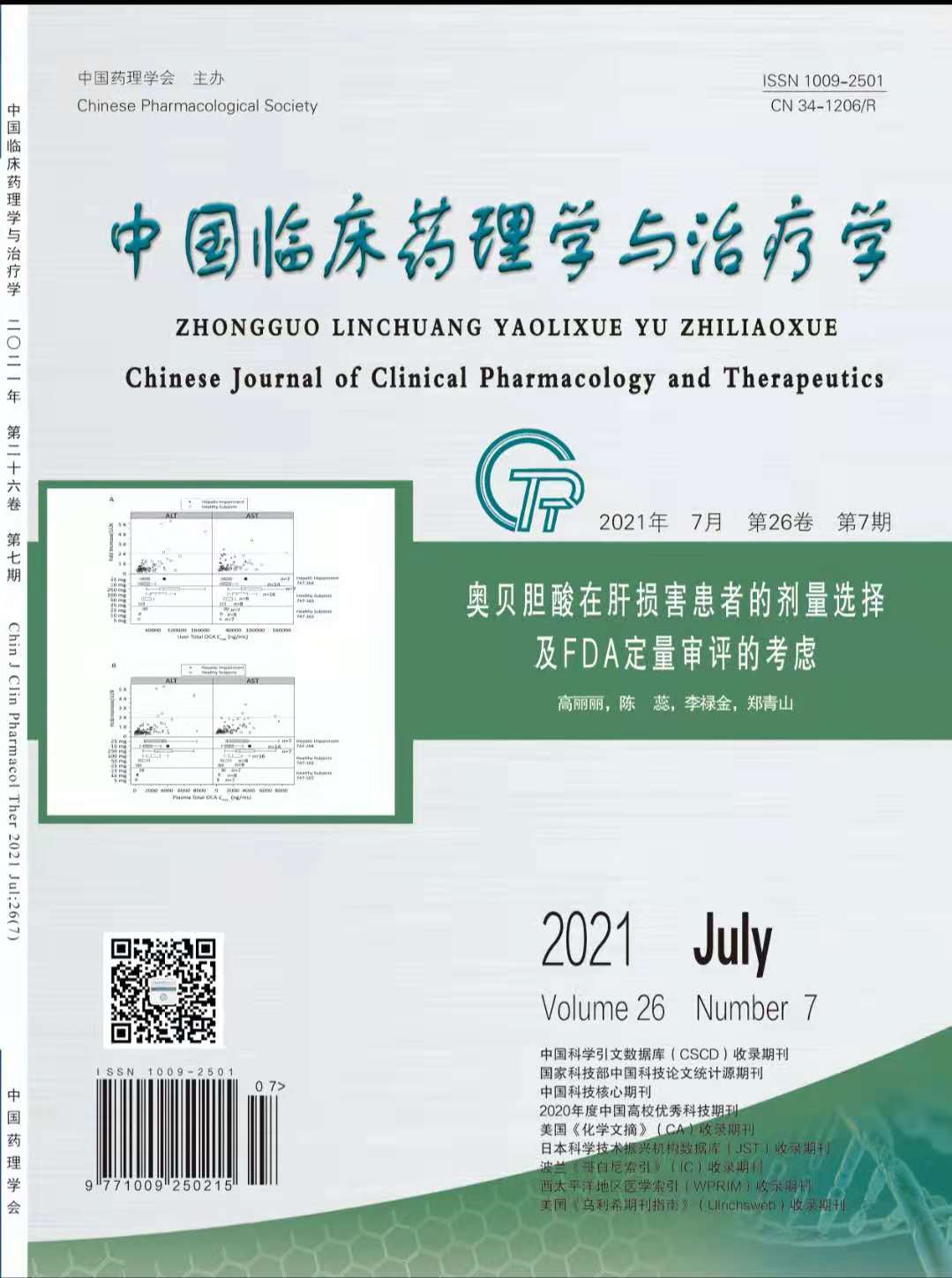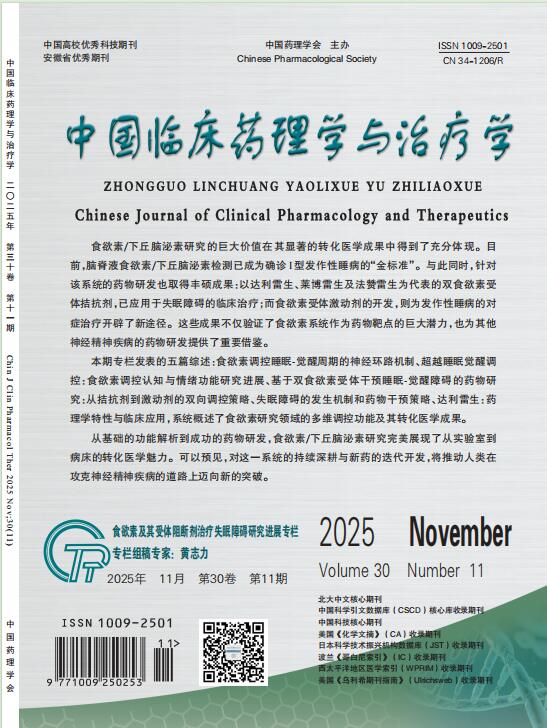1,25 dihydroxy vitamin D3 for immunoregulation in the treatment of spinal tuberculosis
ZHANG Quan, SHI Shiyuan, HAN Guihe
2021, 26(7):
787-793.
doi:10.12092/j.issn.1009-2501.2021.07.010
 Asbtract
(
436 )
Asbtract
(
436 )
 PDF (1493KB)
(
368
)
Related Articles |
Metrics
PDF (1493KB)
(
368
)
Related Articles |
Metrics
AIM: To observe the immunomodulatory effect of 1,25(OH)2D3 in the treatment of patients with spinal tuberculosis. METHODS: Patients diagnosed as spinal tuberculosis and treated according to the anti-tuberculosis regimen of 3HRZE/15HRE in the department of orthopedics, Zhejiang Integrated Chinese and Western Medicine Hospital from January 2016 to December 2019 were randomly divided into treatment group and control group. The control group was treated with routine therapy, while the treatment group was given 1,25(OH)2D3 capsule additionally. Changes of 1,25(OH)2D3, IFN-γ, IL-10 in the serum and the proportion of T-lymphocyte subsets in the blood of the two groups were observed at 4 and 8 weeks after treatment; the correlation between 1,25(OH)2D3 and other indexes of the treatment group was analyzed. RESULTS: At 4th and 8th weeks after treatment, the serum 1,25(OH)2D3 levels in the treatment group were (31.08±10.30), (26.12±6.66) pg/mL, higher than those in the control group (26.50±8.70), (21.29±6.82) pg/mL. The serum IFN-γ levels in the treatment group were (19.85±5.12), (22.14±6.83) pg/mL, higher than those in the control group (16.08±5.16), (17.03±5.34) pg/mL. At 8th weeks after treatment, the serum IL-10 levels in the treatment group was (19.18±5.46) pg/mL, lower than that in the control group (21.92±6.03) pg/mL. The levels of CD4+ and CD4+/CD8+ in the treatment group were (43.48±9.39)% and (1.88±0.57), higher than those in the control group (39.05±8.71)% and (1.58±0.46). In the treatment group, 1,25(OH)2D3 levels were positively correlated with CD4+, CD4+/CD8+, IFN-γ, and negatively correlated with CD8+, IL-10. CONCLUSION: It is necessary to supplement 1,25(OH)2D3 in the treatment of spinal tuberculosis. It can increase the level of 1,25(OH)2D3 in the blood, improve the immune function and enhance the ability of anti tuberculosis.


